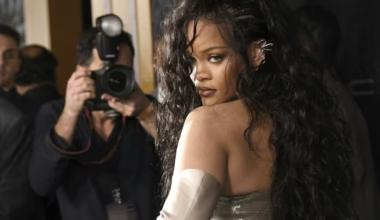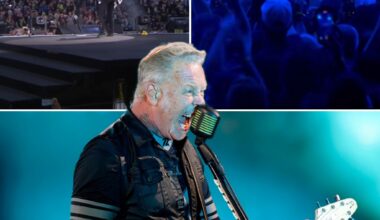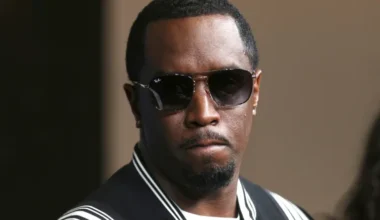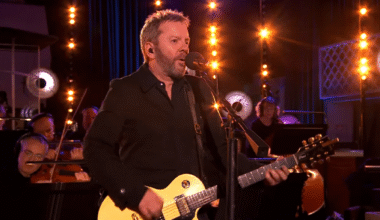When you think of Jimmy Page on stage with Led Zeppelin, there’s one image that likely comes to mind: a sunburst Gibson Les Paul slung low, unleashing seismic riffs that defined a generation. While Page wielded several legendary guitars during Zeppelin’s reign, none became as iconic—or as closely associated with his sound—as his beloved Les Paul.
Before settling into that signature instrument, Page explored a variety of guitars to craft the band’s groundbreaking sound. Early Zeppelin recordings like “Good Times Bad Times” and “Dazed and Confused” were laid down using a Fender Telecaster. For alternate tunings and tracks like “Kashmir,” Page often reached for his Danelectro. The double-necked Gibson EDS-1275 helped him replicate multi-layered studio parts in live performances, especially on “Stairway to Heaven” and “The Rain Song.”
But everything changed in 1969 when Page crossed paths with a young American guitarist named Joe Walsh. At the time, Walsh was just starting out with his band The James Gang and had released their debut record Yer’ Album. Despite his relatively unknown status, Walsh and Page struck up a friendship when The James Gang opened for Led Zeppelin during their first American tour.
According to Walsh, Page was feeling increasingly dissatisfied with his Telecaster. “He said, ‘This Telecaster ain’t cutting it for Led Zeppelin. And I don’t know what to do,’” Walsh recalled on the Wrong Notes podcast. Les Pauls weren’t common in England yet, and Walsh saw an opportunity to help.
“Now, Les Pauls virtually didn’t exist in England at the time,” he explained. “They didn’t hit popularity yet, and they were pretty easy to find [in the U.S.] because they hadn’t been discovered – and they didn’t cost very much.”
Walsh offered Page a 1959 Gibson Les Paul for $500—around $4,000 in today’s money. It turned out to be a life-changing purchase. The sunburst ’59 Les Paul wasn’t a hit when first released, and fewer than 2,000 were made before Gibson pivoted. That limited run—and the fact that it became the go-to weapon for a new wave of rock royalty—made the model one of the most coveted guitars in history. Page’s British contemporaries, including Keith Richards, Peter Green, and Jeff Beck, were all tapping into the Les Paul’s potential at the same time.
For Page, the Les Paul was a revelation. With its thick, warm tone and unmatched sustain, it immediately became the perfect match for the thunderous, blues-based direction Led Zeppelin was heading. Partnered with Marshall amps and a wall of volume—a setup Page picked up with help from Eric Clapton—the Les Paul became central to the band’s sonic assault.
Page first used the guitar while on the road, which coincided with the fragmented recording sessions for Led Zeppelin II. Songs like “Heartbreaker,” “Bring It On Home,” and the anthemic “Whole Lotta Love” were all supercharged by the Les Paul’s raw power. It wasn’t just a studio workhorse either. The Les Paul became his go-to onstage guitar, earning the nickname ‘Number One’ and cementing itself as an essential piece of Led Zeppelin’s identity.
As Zeppelin ascended to rock’s highest peaks, countless images of Page show him brandishing that same Les Paul, coaxing out crushing riffs and transcendent solos. It may have been a humble $500 purchase from a young Joe Walsh—but it became the sound of a legend in full flight.




